|
It’s common to be a little intimidated by the thought of purchasing original art. Indeed, most people feel more comfortable purchasing reproductions (i.e. prints) when they begin to buy art. I think reproductions are a great first step to buying art. However, some mediums, such as my textile art, don’t lend themselves to reproductions. And nothing beats the feeling of having one-of-a-kind art in your home. Possibly you worry that original art is out of your reach. Well, I’m here to tell you that anyone can collect original art! Here are some tips to help you start your art collection: 1. Start small. Many artists create smaller artworks at a lower price point. Personally, I create small textile artworks that start at just $150. Purchasing a small piece is a wonderful way to begin feeling comfortable purchasing original art. It’s amazing to think that for the price of a dinner out you can have an original artwork! 2. Purchase what you are most drawn to. Perhaps you think you should buy art that matches your home decor. Yes, this is a valid concern, but if you’re choosing an artwork only because it matches your wall color, you may not get the most enjoyment out of that purchase. Popular home decor colors come and go, but art that you love will always be in style. 3. If you can’t get it out of your mind, there’s probably a reason. Art is meant to speak to our souls. If a piece stops you in your tracks and draws you in, that is something to which you should pay attention. Even better, if you can’t get an artwork out of your head, that means it has staying power. Art that opens your mind and gives you more to think about each time you look at it - now that is the kind of art you want to live with! 4. Ask for an installment plan. Let’s say this amazing art you can’t get out of your head is sadly also out of your price range. There’s no need to lose hope. Most artists (myself included!) will be more than happy to work with you to create an installment plan. Paying for the piece over time -in chunks that work with your budget- is a very common way to get original art in your home. Before you know it, you'll belong to the Art Buyer's Club.
It's an amazing feeling to be an official collector!
0 Comments
Have you seen the news reports lately about the excess of office furniture? Now that folks are working from home, apparently there's too much and they're actually sending office furniture to landfills. What a waste.
Anyway, I've been wanting to get a new chair, an adjustable drafting chair actually - to replace the IKEA stool I've been using since forever. I started looking at new chairs online, adding one to my cart every now and then - and then abandoning it. I knew I couldn't do it. Then I remembered Furnish (a nonprofit store selling used office furniture in the Northrup King Building) so I headed over to see what they had. They had some nice, brand-new chairs for about $100, that should retail for $700. I considered one, but it didn't feel right for me. I wandered the store, trying out chairs. There were so many! I felt a bit like I was at the pound, searching for the right pet for me. My plan? I was going to take home the mutt that no one else wanted. And then, I saw it! This gorgeous blue, pre-used drafting chair called my name. And guess what? Only $9.99. What do you think of tip jars?
I've been taking notice of them lately. Of course, the tip jar is a standard sight at café cash registers. A must for musicians, they usually take the form of an open instrument case. I've seen them as hats at street performances, beer steins at bars, and I especially like the clever ones that say things like, "If you fear change, leave it here." What I've never seen, though, is a visual artist with a tip jar. I wonder why? An art fair really is nothing more than a pop-up street performance. One would think it'd be the ideal venue for creative tip jars. Maybe artists see them as uncouth? Or maybe they worry that their patrons will find a tip jar unsophisticated? I don't know, but I feel like a tip jar at an art fair makes so much sense! Artists are engaging with the public all day, displaying their work for all to see and enjoy. Why shouldn't they have a tip jar? Visitors who are enjoying the art but aren't going to make a purchase may feel moved to put a dollar or two in a tip jar. I may try it. In fact, I could set out a tip jar at my upcoming open studio during Art Attack. A creative container of sorts - asking for "art supply funds"? I'd love to see what happens. Life is like a game of chess
The Game of ChessThen another chess coincidence happened that week. While I was working at my sewing machine, I pushed play on Radiolab, one of my favorite podcasts. It just so happened that they were rebroadcasting an episode on games, which included a whole lot of interesting information about chess. My ears piqued. As I listened, I learned the chess term "out of book". This term quickly caught my fancy. If you don't know this idea - as I didn't - here's the background: there exists a "book" of all the chess moves that have happened throughout the history of the game. Although it's not a real book, in Moscow there is an actual library of all these recorded moves. This library has been kept since the 16th century and, like most things, it recently has been digitized. Basically, during a game of chess, most of the moves players make have already been made before in past games. (The digital book can even tell you how many times before each particular play has occurred!) But, not all of the possible variations of chess moves have been made before. When a player come to the point in the game that isn't in the book, the play is now considered to be "out of book". The way chess analyst Fred Friedel explained it on the the Radiolab episode is my favorite. He says when your play is out of book, "you have a position which has never occurred before in the universe." Wow. Consider that! The Game of LifeTraditions are the life equivalent of playing by the book. The book of life says: go to school, get a job, get married, have a family. Traditions can be great; they provide quick and easy answers to basic life decisions. In the game of chess, it's easy to tell when players are playing by the book. Their moves are quick and decisive. These moves are easy because the players have them memorized. They've been done so many times before that no thought is necessary. It's when play reaches the point of being out of book that the game becomes a challenge and slows down. Now, players have to think about each move they might make. They have to consider all the possibilities and all the consequences of each move and can no longer rely on what's been done before.
We humans can be really hard on ourselves. We beat ourselves up when we feel we did something wrong. But life isn't always predictable. If we learn anything from the game of chess - and the unfathomable number of possible plays there may be in a game - it's that not everything is in the book. Not everything has been done before. There are times when you may "have a position which has never occurred before in the universe." For me, the pandemic created a whole slew of things that never happened before. I didn't know how to make money as an artist. My two teenagers fell into depressions. Tradition was no help, life was out of book. And just like the game of chess, everything was slow and challenging at this point. It makes sense to me now: my brain needed time to process absolutely everything. At the time though, it was awful, exhausting and terrifying. I felt incredibly guilty and constantly felt that I wasn't doing enough. The problem was, that I didn't know what I should be doing. Possibility
Textile ArtHere's my art interpretation of the chess concept Out of Book. "Out of Book"
16" x 20", cut and sewn cotton fabrics, thread. Sold. © Mary Pow. All rights reserved. Spring comes slowly Spring comes so slowly in Minnesota. It forces patience upon you, however unwilling you are. Every morning you wake up to another sprinkling of snow, no matter how much you long for the flamboyant beauty of your crabapple tree in full bloom. You are tired of the waiting. You say, “I can’t take it anymore. I cannot handle this for one more day.” Especially after such a long winter. A long, bitter winter filled with trials and tribulations that scraped your insides out and left you raw. Don’t you deserve some easy beauty? The hot sun on your shoulders, flowers blooming, butterflies floating through the garden. But the world owes you nothing. If you want to find beauty, you’re obliged to notice the simple, subtle beauty of spring coming slowly. So, fine. What else can you do? You take your walk in the cold, blustery day and you notice the loons are on the lake. That’s spring. And you see that the fat robins have eaten every single berry on the tree since the last time you looked. That’s spring, isn’t it. And by the time you walk around the entire lake, and your thighs are numb with cold, you are entirely sick of trying to notice the simple things. The subtle beauty is actually making you angry, because why does it have to be so hard. Then you see something, a stalk of dead grass blowing in the cold gray air, waving to you, holding a beauty so understated that it makes you want to cry. And you walk past it, thinking, “no I won’t stop and acknowledge this. I want the gaudy in-your-face-ness of summer.” But it comes slowly. And the simple beauty is so touching that you retrace your steps to try to capture it in a photo.
Of course, the photo cannot capture what you see, what you feel – but it is there; you cannot unsee it. You must continue your day being grateful for the small things, because what else can you do. There is no forcing spring. It owes you nothing. You take what you can get. I keep them in my bathroom. For most of the summer there it is: a mason jar filled milkweed. Caterpillars in various stages of their life-cycle, munching away. I have them in my bathroom so I can shut the door - to keep them in - and the cats out. But the door usually gets left open. I tend to count them whenever I go in the room. Has a new one hatched? Are they all here? I discover one is missing, and a heaviness settles in my heart. I count and re-count. It's not there. Several days later, I find a caterpillar on the stairs. Quite a long journey from the bathroom for such a small creature. I gently scoop it up and bring it back to the milkweed. When I set it on a leaf, it curls up. It doesn't move. Starved to death. My heart aches. I could have done more to prevent this from happening. The best part of being an artist is also the hardest part of being an artist: there is no job description. You get to make up the job yourself! - but - you also have to make it up yourself. It's amazingly freeing to be able to figure out for yourself who you are as an artist, but it's also incredibly challenging and terrifying to do this. Yes: both, and. At the same time. A traditional job comes with a built-in job description. You know what is expected of you in that part of your life. When you're at work, your job is to do A, B, C.
This is a list of some important points I want to remember. A rough draft of my "job" description.
This is my life as an artist; and it's a constant work in progress.
I'm working on another painting about the line between imagination and reality. This is something that has always interested me, but more and more lately I'm understanding what it's all about for me. I've come to believe that, if we practice thinking differently, we will see that the solid walls that form barriers in our lives, are actually bars that we can slip between. As children, we're so connected to our imaginations. Magic is real, unicorns and fairies really do exist. We're filled with wonder about the world and excited because we know anything is possible. I'm reading "The Secret Garden" to my daughter and it's this idea, that there's something magical and secret lying in wait just behind the wall that I'm really interested in conveying in my art. As we grow up, we have to learn the rules. We're taught the structure of society, the way things need to be, and we learn our place within that structure. Rules are necessary, of course, but we forget that all things are possible. The rules forms walls around us that we think are real and solid. We live with those wall surrounding us for so long that we aren't able to see any other way. They are our reality. It takes a new kind of thinking to snap us out of our adulthood, to give us back our imaginations and to realize the rules are just rules, not walls. In fact, if we remember how to truly see the possibilities, how to follow our hearts, we'll find a key. If we listen to ourselves, deep inside, we'll find the door. We can get through the wall, to a secret place that was there all along, just waiting to be discovered. Want more?Here's what I'm reading and listening to as I work on my current artwork. The Man with the Blue Guitar by Wallace Stevens Thirteen Ways of Looking at a Blackbird by Wallace Stevens Between the Bars by Elliot Smith Little Fires Everywhere by Celeste Ng Blackbird by The Beatles UPDATE!11/4/2019 This piece is now finished! After struggling with two title ideas, I decided to go with "Between the Bars". The original is available, prints will be available at some point. Contact me for details.
Material Honesty is a term I learned while studying architecture at the University of Washington, Seattle. They were very big on teaching us future architects how to be true to our building materials.
Although I'm not designing buildings now, I do think about material honesty quite a bit while I work. I've come to love the idea of hinting at my process and using materials in the way that works best for them. Using the idea of Material Honesty in my artIf I'm using pastels atop a colored paper, then when I'm finished I feel that one should be able to determine that I used pastels and a colored paper for the piece. Here are some ways that I accomplish the idea of material honesty with pastels, illustrated with details from my artwork "I Dare You".
Being expressive; not photo-realistic For me, my art is about expressing a mood and getting at the heart of what inspired me in a subject in the first place. For the painting shown here, I had taken multiple photos of my model. In one of the photos, her eyes really drew me in. They seemed to be almost daring me, the viewer, to take her on. I absolutely love the strong, determined expression on her face. Of course, the gorgeous sunlit hair only added to my desire to paint the image. I'm not interested in creating a photographic replica with my work. It's much more interesting to me to express myself and the media I'm using. For this piece, I used a specific set of colors and very expressive mark-making to get those original inspirations down on the paper. In the end, I do feel that I captured the ideas that prompted me to paint this image in the first place. With each new piece I paint, I'm learning more and more about pastels and their specific abilities. I hope to continue to add to my list of ways to use them honestly. Of course, the best thing about art is there are so many different ways to approach it! What do you think? Do you think it's important for artists to be "honest" with their materials? When is it fun to fool people by being "dishonest" with materials? 😄
I realize that I haven't been at all outspoken about the body of textile art I'm currently working on. Lately, I've been thinking about what I want to say in my artist statement for the upcoming exhibition of my work. It seems an almost impossible task to get down all the thoughts I have while I work into a one-page, 18-point-font statement! Yesterday I wrote down a sentence I heard Joshua Johnson say on the radio: "How you see the world depends on where you look." It's a timely quote for me. I'm interested in viewpoints, and humanity, and creativity, and how we're interconnected, and how we each see the world. Thoughts about these ideas float through my head while I work. I take little notes about things I hear and read, and somehow, they all seem connected to a larger idea I have forming in my mind. It's hard for me to put these ideas into words, so I put them into my art. Everyone sees/experiences/understands the world slightly differently. I don't know if there is a right way or a wrong way to see things. I think maybe there are just different ways. Together, all these different viewpoints add up to create the world of humanity. Personally, I think we probably need them all. Who is to choose which ones we don't need? Everyone has a different viewpoint. Everyone has a different opinion. Maybe, instead of thinking one way is right and another one is wrong - if instead we're open to the 'other' - that is the best way. Listen to other people, learn from their experiences of the world, ask them what they see, what they notice; hear their opinions, respect their viewpoints, be curious. If you can be open to the other, your world can only expand. I invite you to see my textile art in person at the exhibition "Orient, Disorient, Repeat". The opening reception on May 23rd starts at 5:30pm with artist remarks at 6:00pm.
I hope to see you there! I'll be more than interested in hearing your viewpoint. |
Mary PowI am an artist and designer based in Minneapolis, Minnesota. My specialties are textiles and pastels. Categories
All
Archives
May 2024
|
Website designed by Mary Pow.
©2024 Mary Pow Designs. All rights reserved.
©2024 Mary Pow Designs. All rights reserved.






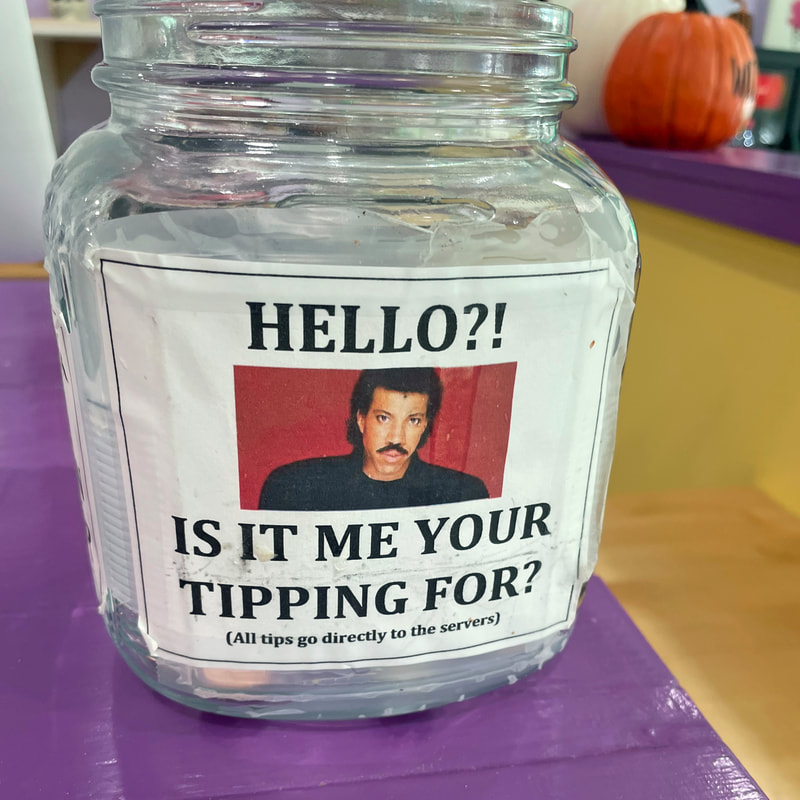






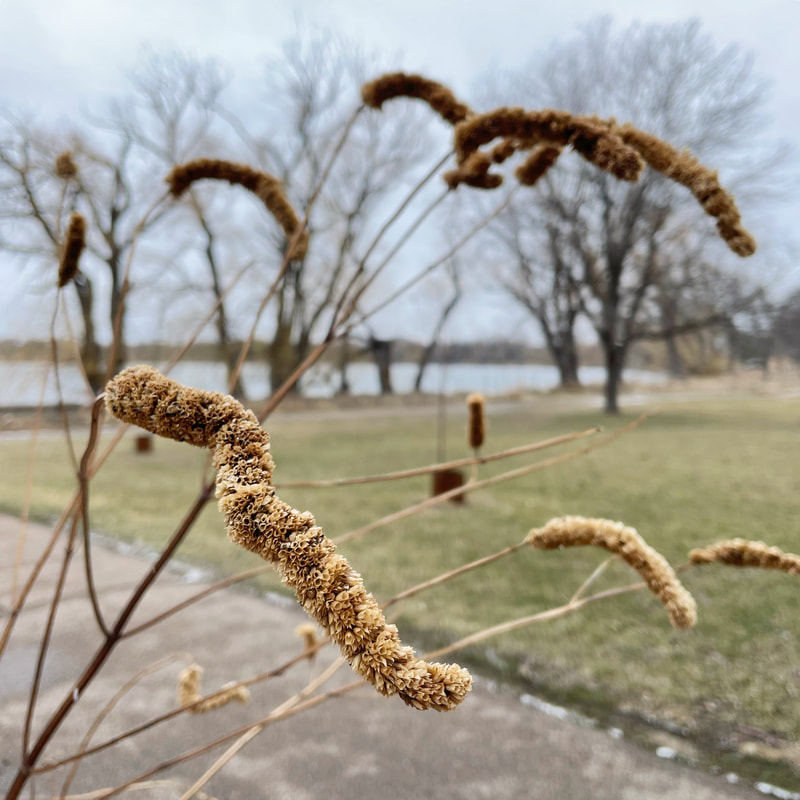




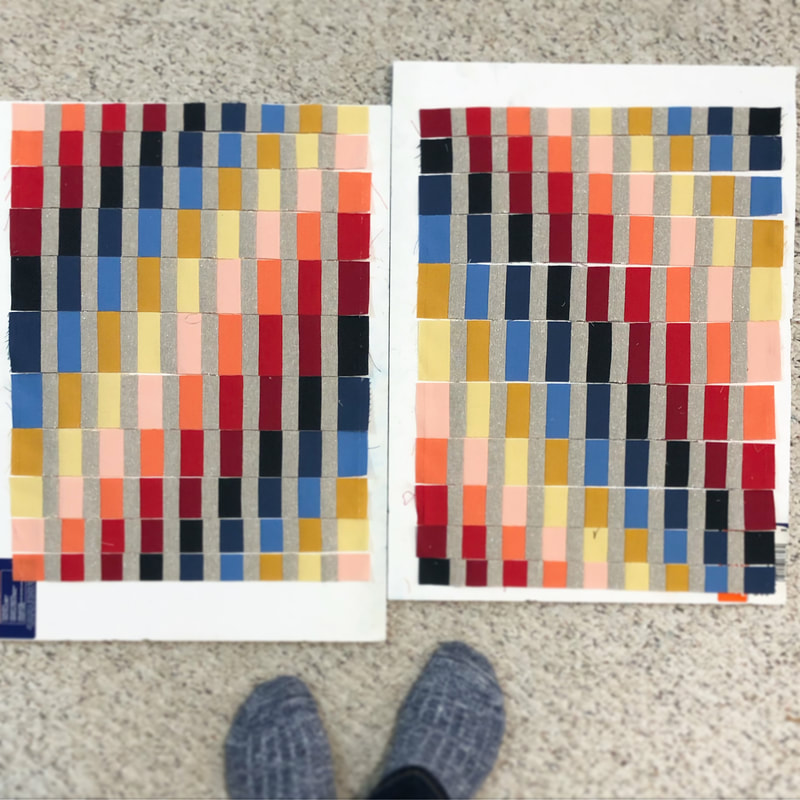







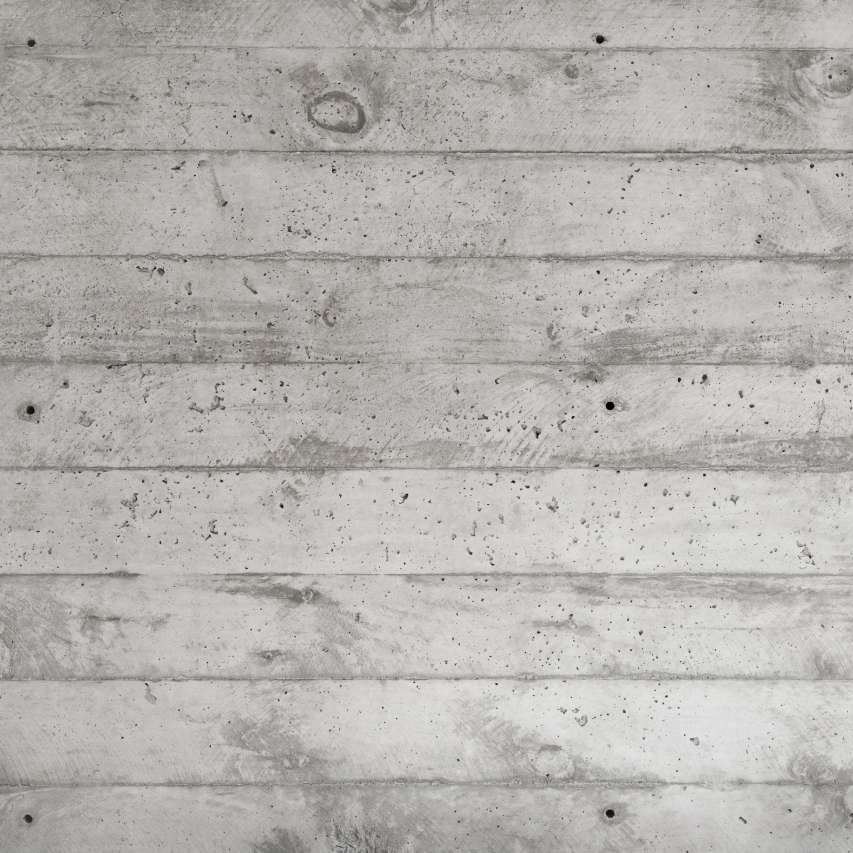





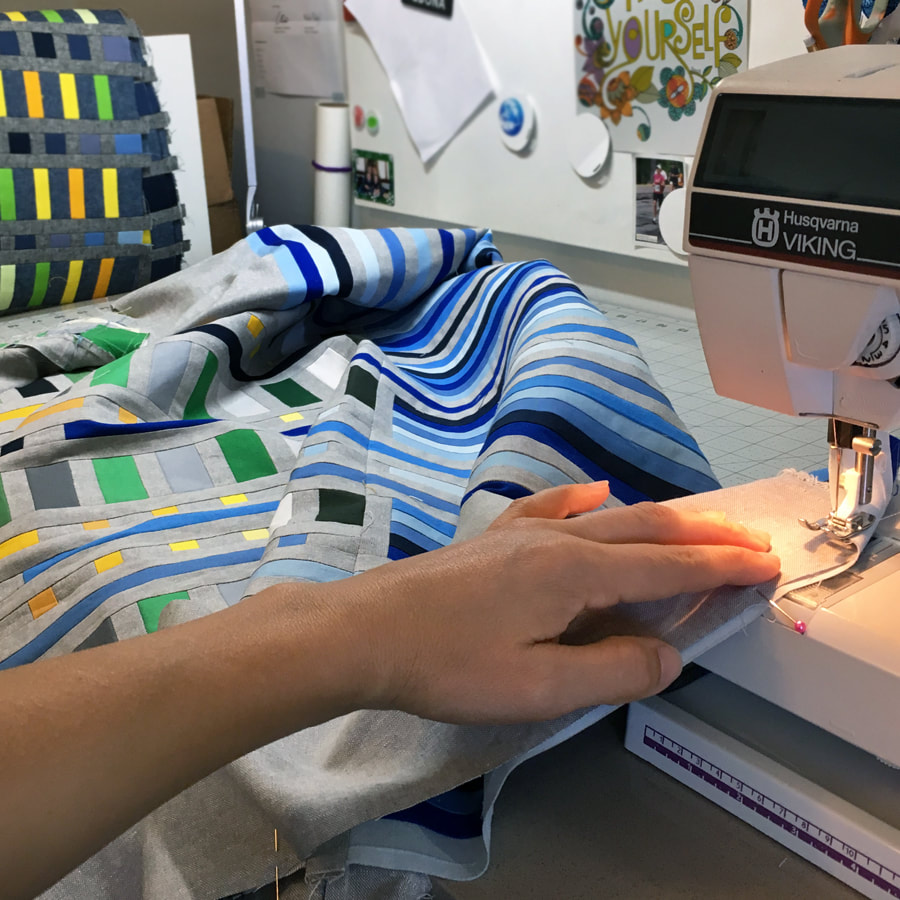



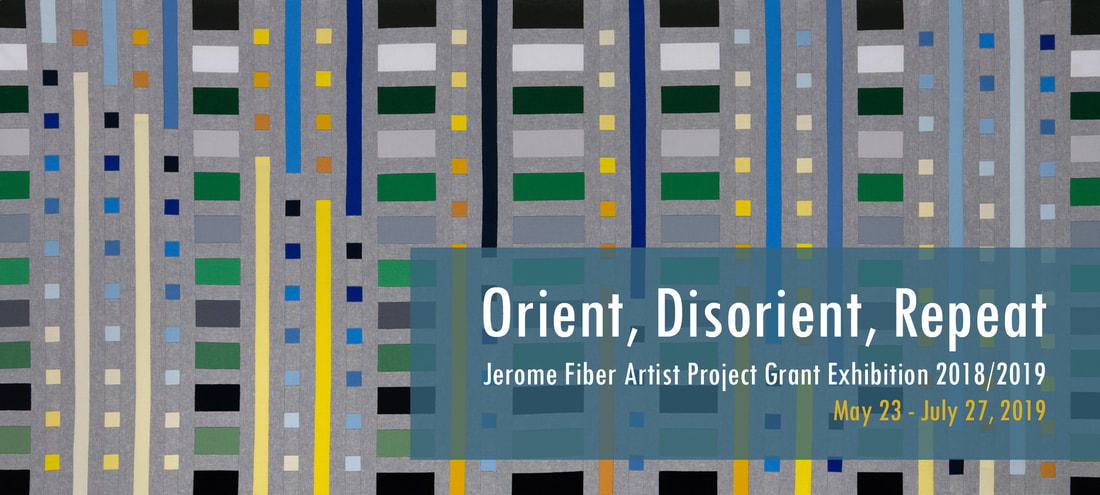


 RSS Feed
RSS Feed